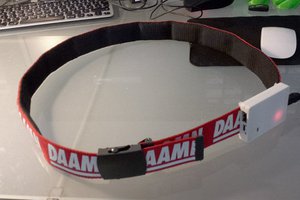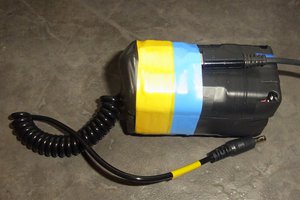Design goals are :
- Light enough to carry it from parking spot to charging spot (office, home, etc)
- Removable -- Park, battery removal/insertion procedure < 2 min.
- Small enough to charge anywhere
- Not an artisanal battery pack - instead, composed of a few safer and smaller RC Hobby batteries (Turnigy, Zippy, etc)
- Serviceable battery pack - when one cell goes away, you shouldn't need to pay for a whole new pack, instead, just a fraction of it.
I purposedly started with a working electric motorcycle. There's plenty of good documentation out there about conversions, chassis, etc.
I'm in the school of thought that advocates for "don't reinvent the wheel". On the other hand, most wheels are one-size-fits-all and when it comes to Electric Vehicles, I'm yet to see an option that is not a huge commitment, financial and in terms of adapting your environment(s) to charge it.
In principle, a removable battery pack should enable you to use it in the same way as a gas vehicle. Park it anywhere. You'll still have to charge the pack, but that's assumed to be ok.
Note: I need to highlight the ZElectric guys, during my state of the art research I found that they do this business professionally in the best way I've ever seen - keeping it simple, straight to the point and still providing great specs in their vehicles. Not adding overly complex technological features (smart everything) and with that keeping the price down. For ~ $5k you can already get a high end electric bike from them, good for the highway.
PS: I'm cross-posting this material in Instructables purposedly to benefit from the different communities/platforms. I'll post the different steps as "logs" here. It helps to separate by subject/aspect of the project.









 Dimitar
Dimitar
 Lucas
Lucas
 Moritz Walter
Moritz Walter
 andyhull
andyhull